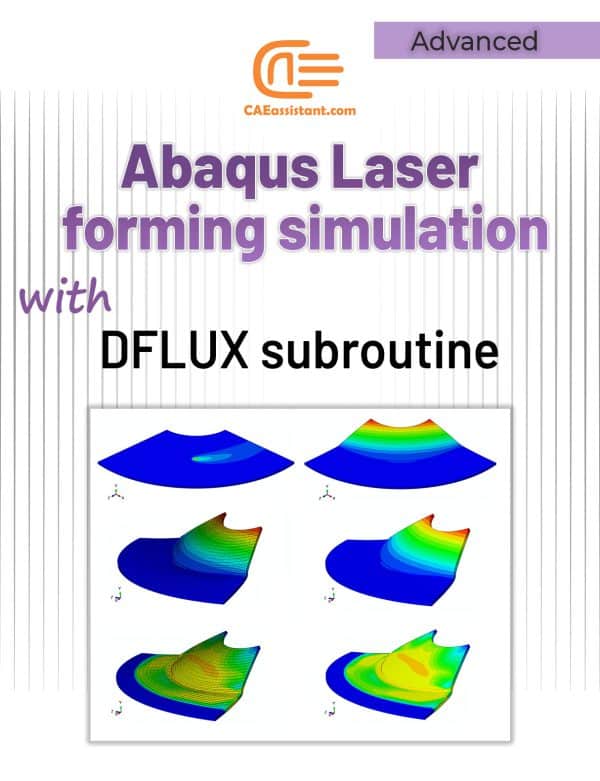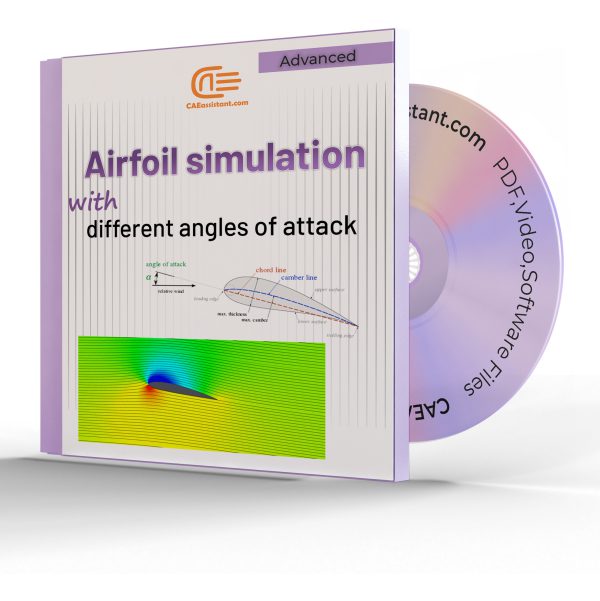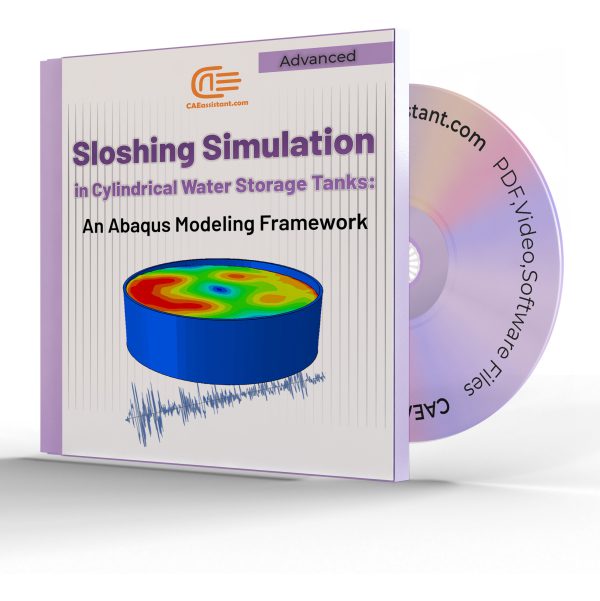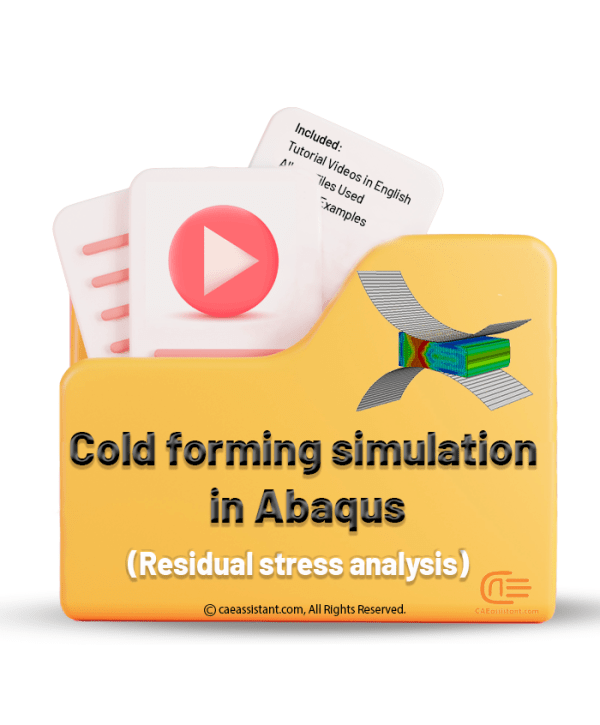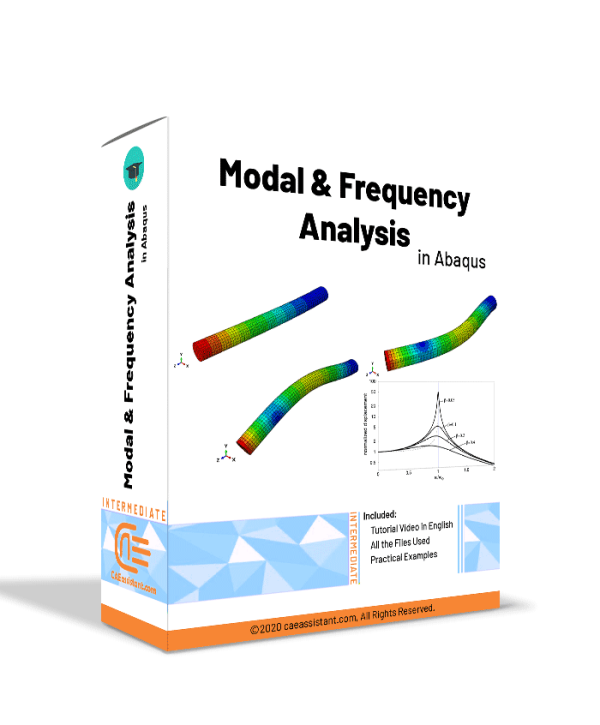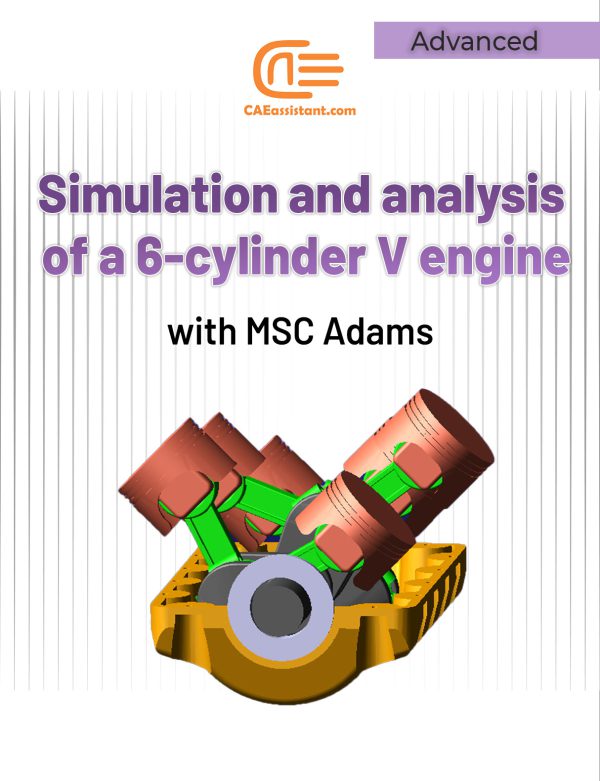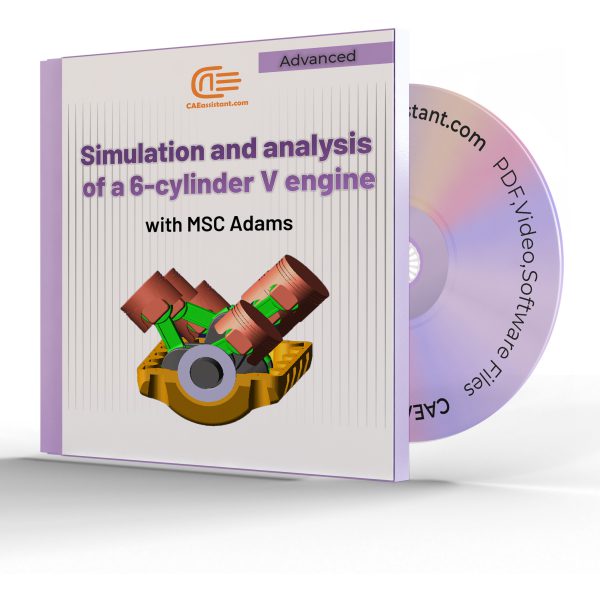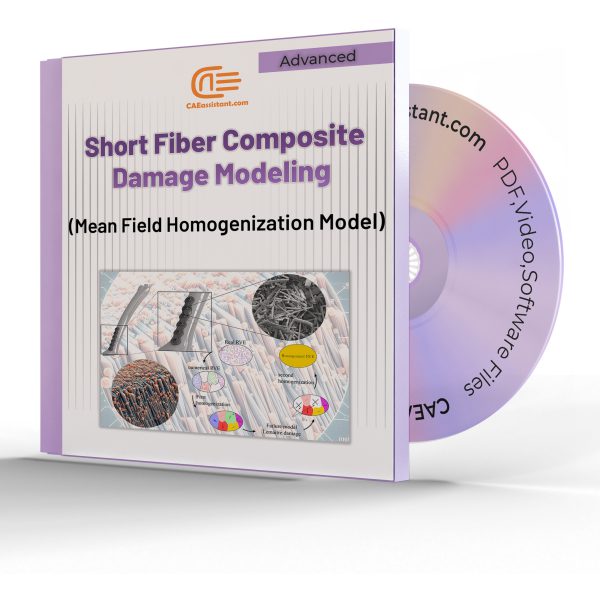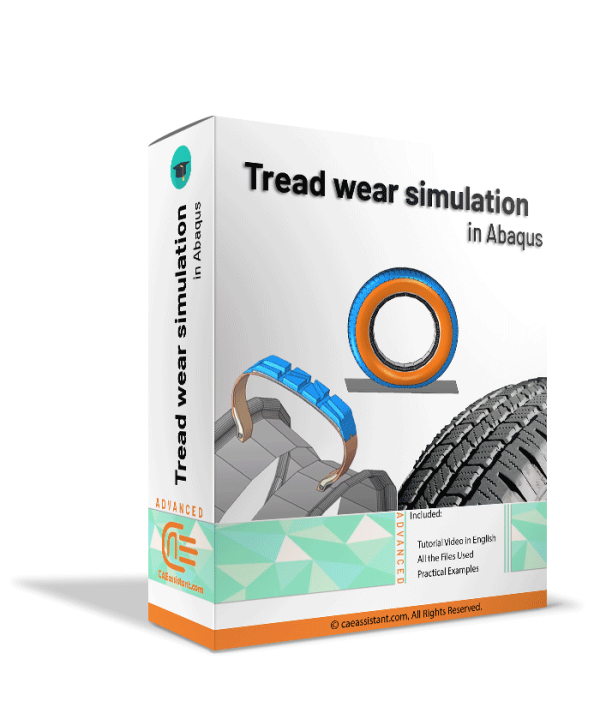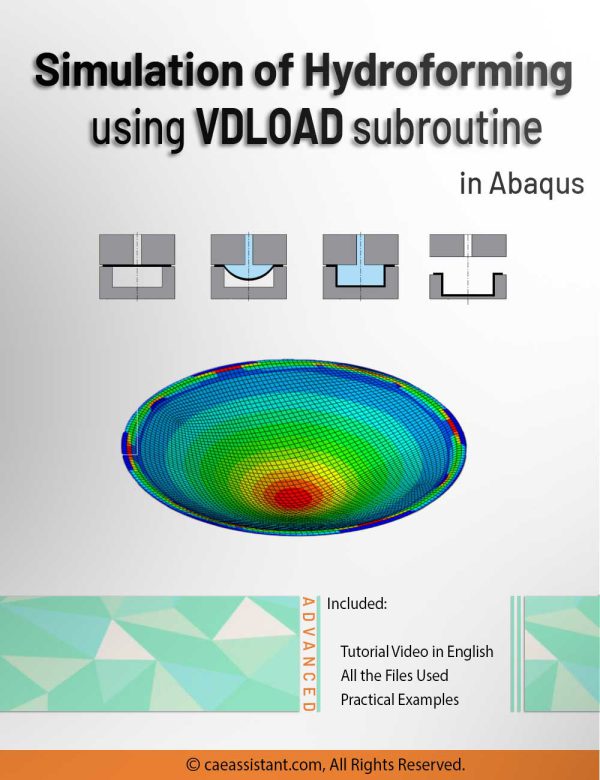Engineering Courses
Read More-
What is mechanical engineering, and why is it important to study?
Machines and mechanical systems are designed, built, and properly maintained by mechanical engineers. The Oxford Dictionary defines a machine as “any device that transmits a force or directs its application,” however a less formal definition is anything that moves or contains moving elements. It is not surprising that this kind of engineering has been crucial to civilization since the beginning of the Industrial Age given how heavily our fast-moving world depends on these devices, broadly defined.
Of course, technology has advanced significantly since the first steam engines. Today’s mechanical engineers are building increasingly complicated machines to perform tasks in a wide range of industries, from enduringly significant ones like manufacturing and the automobile industry to rising high-tech ones like aeronautics, biotechnology, and robotics. The scope of mechanical engineering is likewise getting smaller as microelectromechanical and even nanoelectromechanical systems and devices are designed. These systems and devices may be invisible to humans, but they are becoming more and more crucial to the newest technology. Mechanical engineering courses can be a new way to achieve your goals.
-
What kinds of careers can you have with a background in mechanical engineering?
-
What online courses are available on CAEassistant in mechanical engineering?
Even while mechanical engineering may seem like a job that would benefit from practical training, it actually requires a strong theoretical basis in subjects like calculus, physics, thermodynamics, fluid mechanics, and material science. You can take online courses on CAEassistant to advance your knowledge of both the fundamentals of mechanical engineering and more specialized topics including the finite element method, robotics, manufacturing, system design, and quantum mechanics.
Students have access to top-tier professors through the CAEassistant platform to learn mechanical engineering. You can fit online learning courses into your schedule and your budget while maintaining the caliber of your education since you can do so at a lesser cost than alternatives offered on-campus.
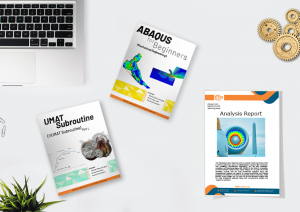
CAEassistant
